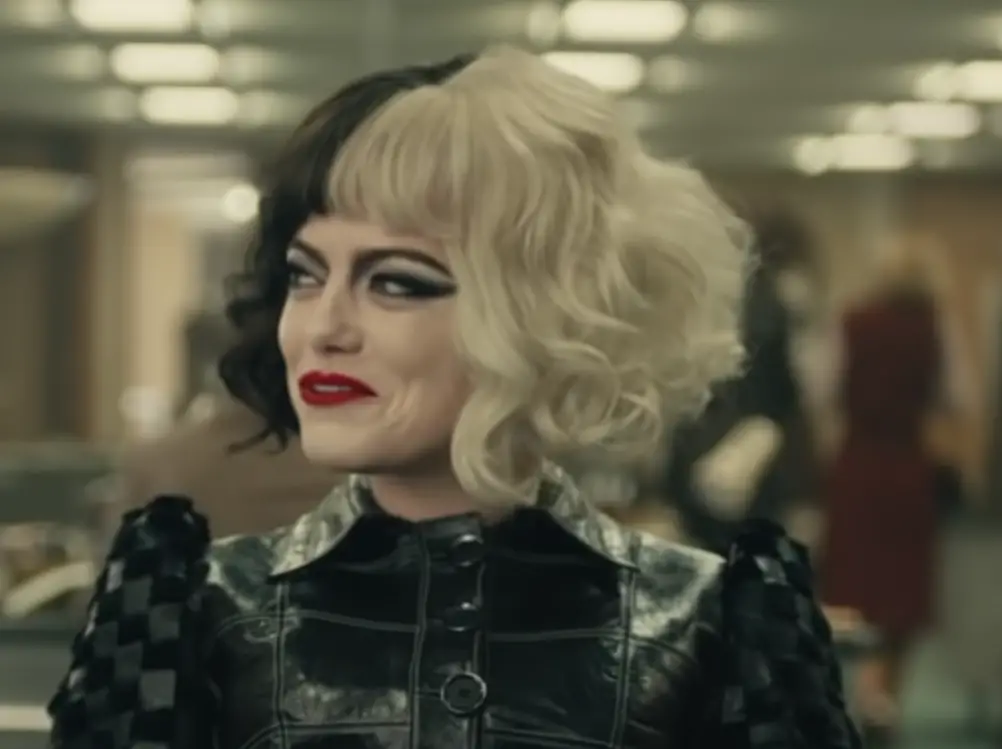The year is 1956, London. Author Dodie Smith has just published her book “The Hundred and One Dalmatians.” With her words, Smith has woven one of the most iconic villains of children’s literature and universal fiction into existence as Cruella de Vil is born. Signature black and white hair, an heiress status, loyal henchmen and an unhealthy fixation on fur — these are the constituent parts that went into conjuring up the character Cruella.
Since the original publication of the book in the mid-‘50s, multiple film adaptations of “The Hundred and One Dalmatians” have portrayed Smith’s characters as she described in her novel. One common detail shared by the film and television depictions of Cruella de Vil is the performance of Cruella by white actresses alone.
As of yet, Cruella has been brought to life by actresses like Glenn Close in “101 Dalmatians,” Victoria Smurfit in “Once Upon a Time” and Emma Stone in “Cruella.” The only exception is seen in Disney’s first installment of the “Descendants” franchise in which Cruella de Vil is played by Wendy Raquel Robinson, and to be fair, her role did not play as significant of a part as the other villains in the series. The trend is one set in mobile stone. It can shift if we move it ourselves.
The norm is questioned, especially in modern times because actresses of non-white descent are taking on culturally white roles, such as Gemma Chan’s on-screen performance as Bess of Hardwick in Josie Rourke’s “Mary Queen of Scots.” If the role of Cruella, be it in film, television or musicals, was given to a woman of color, one may wonder and truly observe if any cultural changes are inculcated into her character’s story. The suggestion now is directed toward Cruella, not whoever is cast to play her in the next on-screen adaptation: What if she were of another race or ethnicity, who would she be known as then?
Obvious characteristics must remain in place for Cruella to still be Cruella. The trademark black and white hair, the neo-classic Panther de Ville, the wearing of thick coats despite the weather and, of course, her red matte lipstick are all essential. To strip a fictional character as dynamic as Cruella to her defining traits alone, one must take these few things into account. The missing detail is what ethnicity she would take on and how her cultural identity is formed around that; at the time when Cruella first took form in Smith’s novel, no clear temporal distinction was given. The tale’s first set of readers interpreted as the last set of readers would.
https://www.youtube.com/watch?v=ZvXILj5fGl4
The novel’s timelessness allowed for future adaptors of the story to, if not provide a new timeline of events, alter the one they already had. This enabled live adaptations of Smith’s book to take on differing timelines. Glenn Close’s Cruella in 1996’s “101 Dalmatians” is set in 1958 while Emma Stone’s character in this year’s “Cruella” takes place in 1974 with a brief backstory acknowledging Cruella’s childhood in the 1960s. Regarding the depiction of the character for what she’s known for and not what she looks like, it is possible to place her in any skin at any time and send her off to redefine her narrative.
Place her in 1950s Korea for instance. A young Korean girl born during wartime with big dreams of getting her designs displayed in a big fashion boutique. Her sketches of intricate black, red and white patterns of hanbok’s that fold into mini dresses leaving the jeogori as a small coat.
The Cruella from an African country would have bantu knots sewn with black and white thread. She’d purchase fabrics with red hibiscus patterns from the nearest Ankara market and make her varying styles of skirts and blouses on her sewing machine.
The African American Cruella would have a half black and half white afro. She’d have a dog of her own, maybe more than one with her, in New York, New York. This Cruella would be an editor for Vogue and would wear bright red glasses.
So far, we have seen the estranged fur-obsessed British heiress that skinned dogs for their pelt and drowned kittens for sport, the fashion aficionado rejected by her own villainous mother, the realigned villain capable of persuading animals to do her bidding and the Cruella who is more fearful of dogs than she is of anything else. Each version has been a continuation of Smith’s narrative work of art and to create versions of the character with conspicuous cultural ethnicities would be a step in the direction of more blissfully entangled storytelling. Cruella could take on many more personas set in modern and archaic times, in places far and reaching. Cruella would still be Cruella.

















